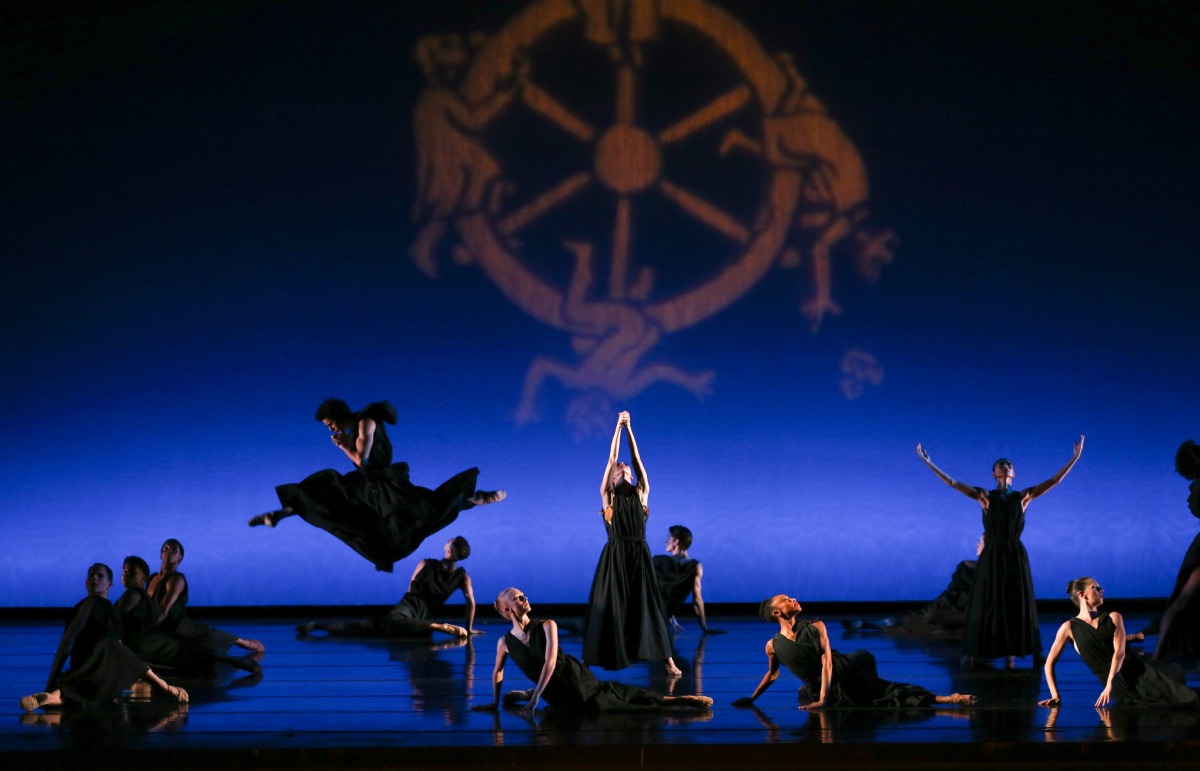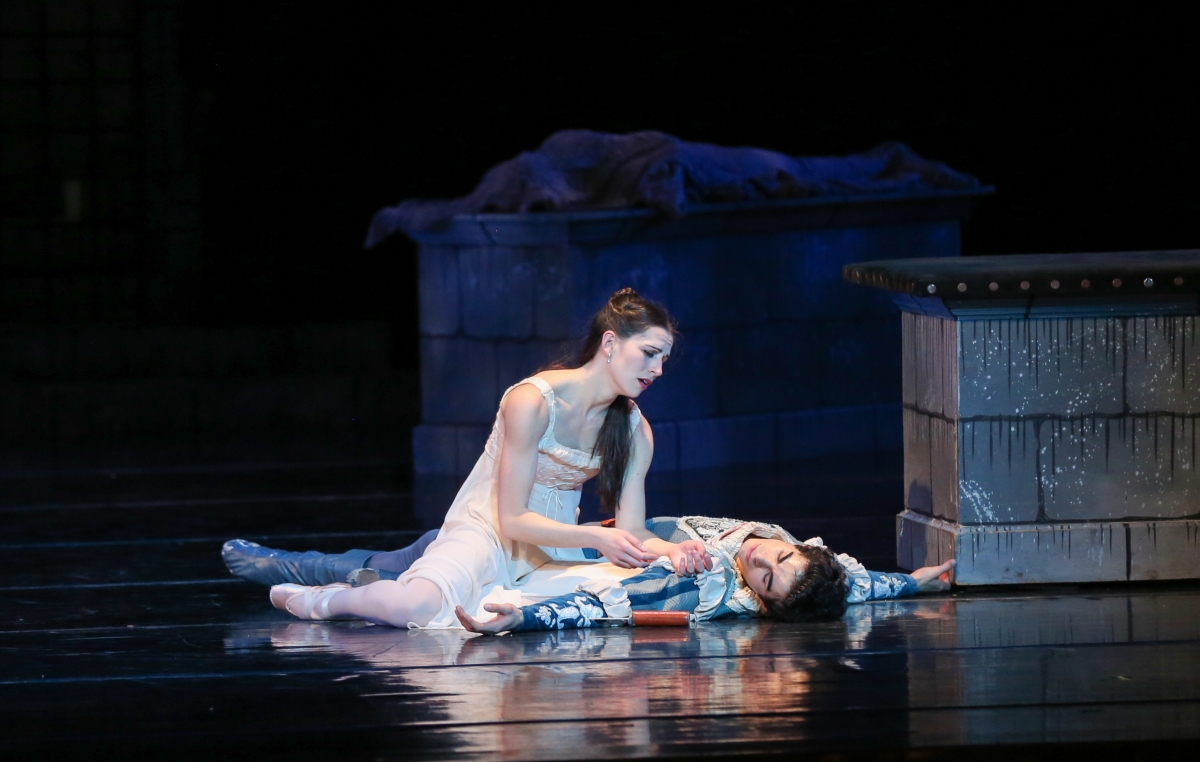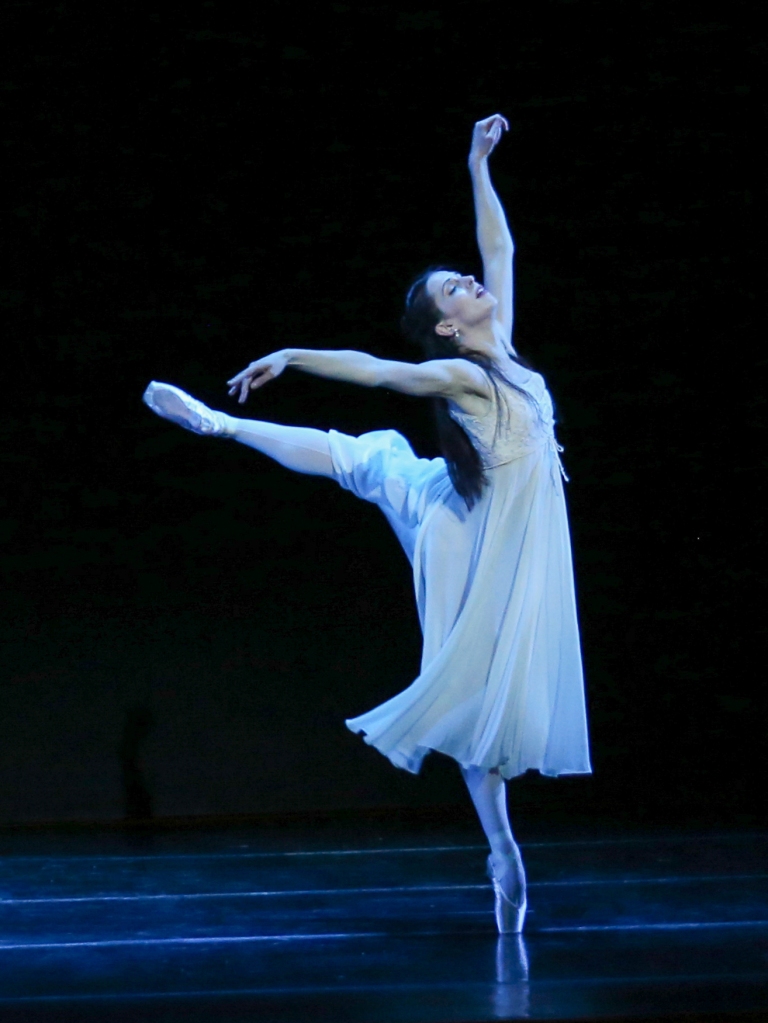Richmond Ballet Opens New Season With a John Butler Classic & a Work by Associate Artistic Director Ma Cong
A Dance Review
By: The Richmond Ballet with the Richmond Symphony/Richmond Symphony Chorus and The City Choir of Washington
At: Dominion Energy Center’s Carpenter Theatre, 600 E. Grace St., RVA 23219
Performances: September 22-24, 2023
Ticket Prices: $25 – $130
Info: (804) 344-0906, etix.com, or richmondballet.com
THE PROGRAM
Thrive
Choreography by Ma Cong
Music by Oliver Davis
Costume Design by Monica Guerra
Lighting Design by Trad A. Burns
Lighting Supervision by Joseph R. Wall
World Premiere: September 20, 2022, Richmond Ballet, Richmond Ballet Studio Theatre, Richmond, VA
CARMINA BURANA
Conceived and Choreographed by John Butler
Music and Latin Text by Carl Orff
Staging by Igor Antonov and Lauren Fagone
Costume Design by John Butler
Lighting Design by Catherine Girardi after
Original Lighting Design by Richard Moore
World Premiere: September 24, 1959, New York City Opera, City Center, New York
Richmond Ballet Premiere: October 15, 1987, Carpenter Theatre, Richmond, VA
If there’s anything better than live dance, it’s live dance performed to live music. After a debut performance at Wolf Trap in August, the Richmond Ballet opened their new season with an exciting program of neoclassical ballet and ballet theatre. The program opened with Thrive, the most recent work of Associate Artistic Director Ma Cong, and concluded with John Butler’s highly immersive Carmina Burana. (Note: Founding Artistic Director Stoner Winslett will be stepping down at the end of the season and moving into an advisory role, and Ma Cong will step into the role of Artistic Director.)
First performed as the 2022 season opener of the Richmond Ballet’s Studio Series, Ma Cong’s Thrive, a classical ballet in 7 movements, and his ninth work for Richmond Ballet, had the full expanse of the Carpenter Theatre stage and the pleasure of hearing British composer Oliver Davis’s layered score performed live by a full orchestra.
An ambitious display of contemporary classical ballet that spans the gamut from the humorous or playful to the somber and romantic, the work was inspired partly by the choreographer’s interactions with Richmond’s LGBTQ+ and Asian-American communities.
Onstage, Thrive manifests as clean, neo-classical movement accompanied by classical strings, interspersed with riotous pairings accompanied by more humorous music – some instrumental and some choral. The lighting matched the music and movement, with shades of red for the lighter moments and blues and purples for the more somber sections.
Carmina Burana raises the drama to a whole new level. A full orchestra in the pit, choral groups spilling out on both sides of the stage, soloists downstage left and right, frame dancers in monks robes who process in, pausing occasionally to genuflect. The robes soon give way to the barest of body coverings, reminiscent of Adam and Eve, while Eri Nishihara later appears in flowing white. Light colored body suite for the women and tights with collars over bare chests for the men emphasize the stylized movement that sometimes appears to have been lifted from an ancient print or vase.
A wheel of fortune projected in the background reminds us that life is uncertain, that we are all subject to the ups and downs, the wins and losses. The mostly Latin lyrics and poetry just add to the drama – sometimes more like an opera than a ballet – bookending the entire experience with the “O Fortuna” Prologue and Epilogue.
There is discipline and structure, seductive moments, energetic and tortured movement – some of all that life has to offer. The very characters that bow in prayer later appear literally half-dressed (hats off to costume designer Monica Guerra) and become part of romantic triangles or what some call “entanglements.” Cody Beaton and Ira White, and Eri Nishihara with Khaiyom Khojaev guide the ensemble through the changes of luck and fate, bringing a relatable sense of emotion and sensuality to what might otherwise appear to be an obscure spectacle.
All in all, this proved to be a full-blast, magnificent evening of dance theater and certainly raises the bar for high expectations for the rest of this season.
Julinda D. Lewis is a dancer, teacher, and writer who was born in Brooklyn, NY and now lives in Eastern Henrico County.

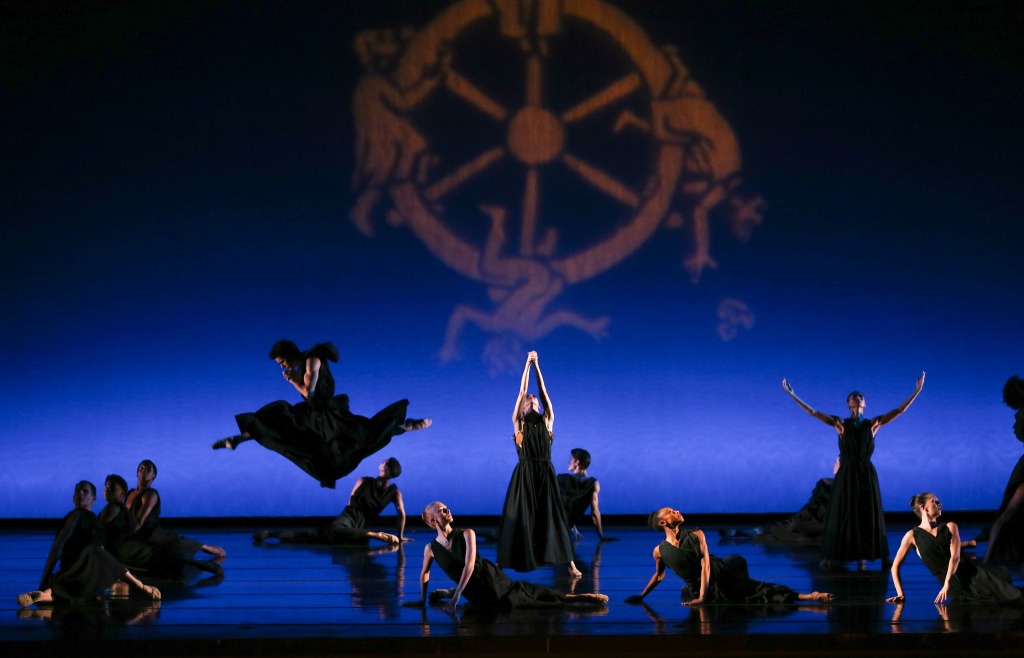


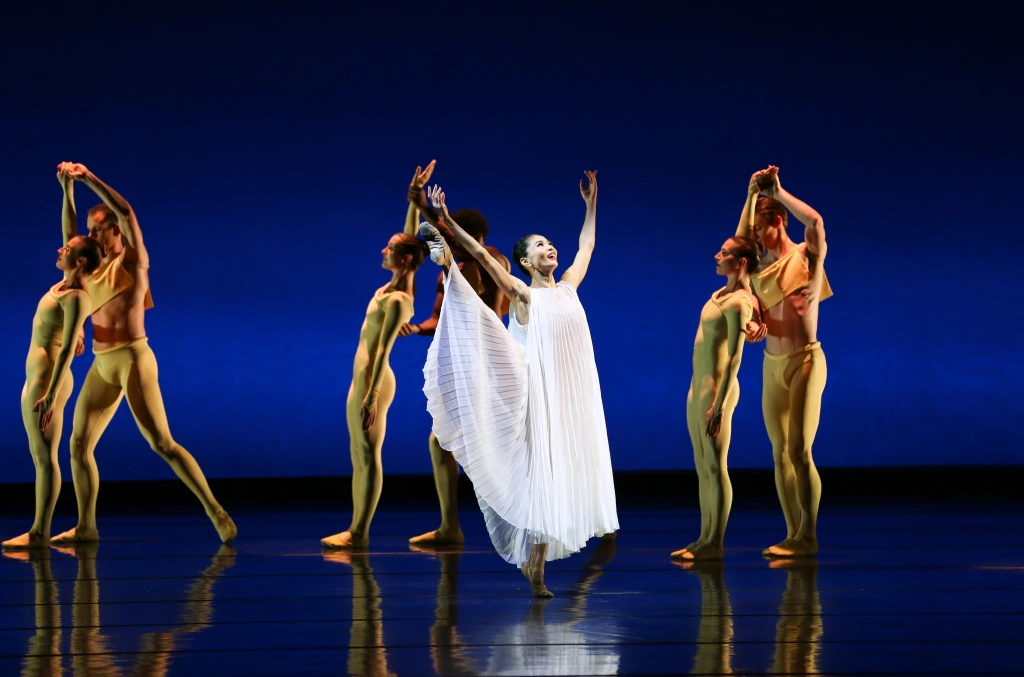


Make a one-time or monthly donation to RVART REVIEW
Make a monthly donation
Make a yearly donation
Choose an amount
Or enter a custom amount
Your contribution is appreciated.
Your contribution is appreciated.
Your contribution is appreciated.
DonateDonate monthlyDonate yearly
